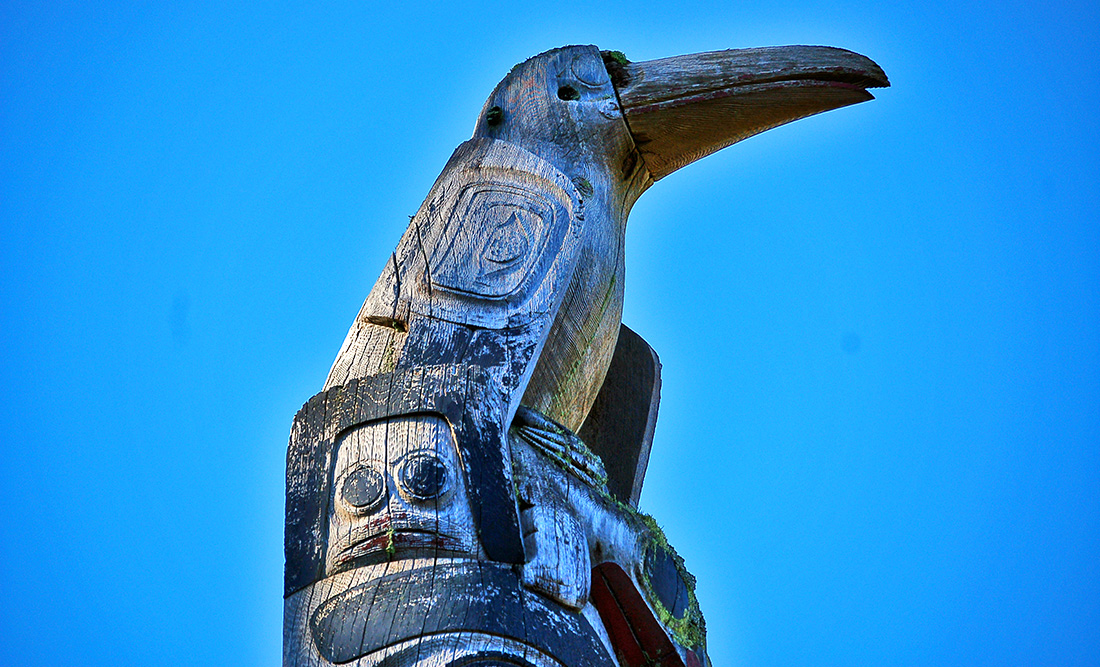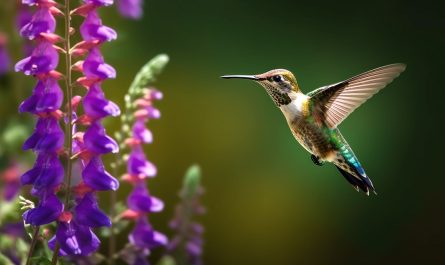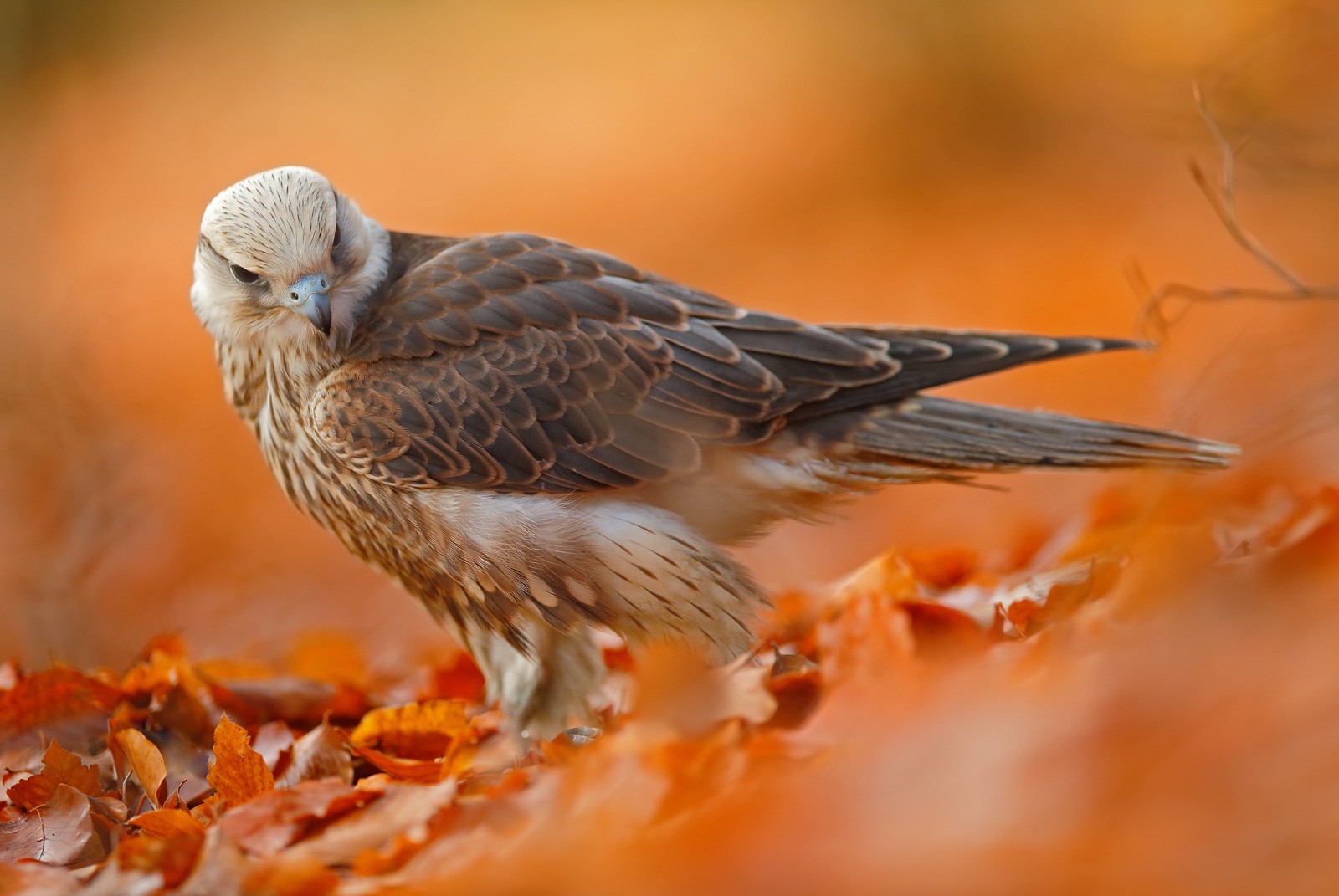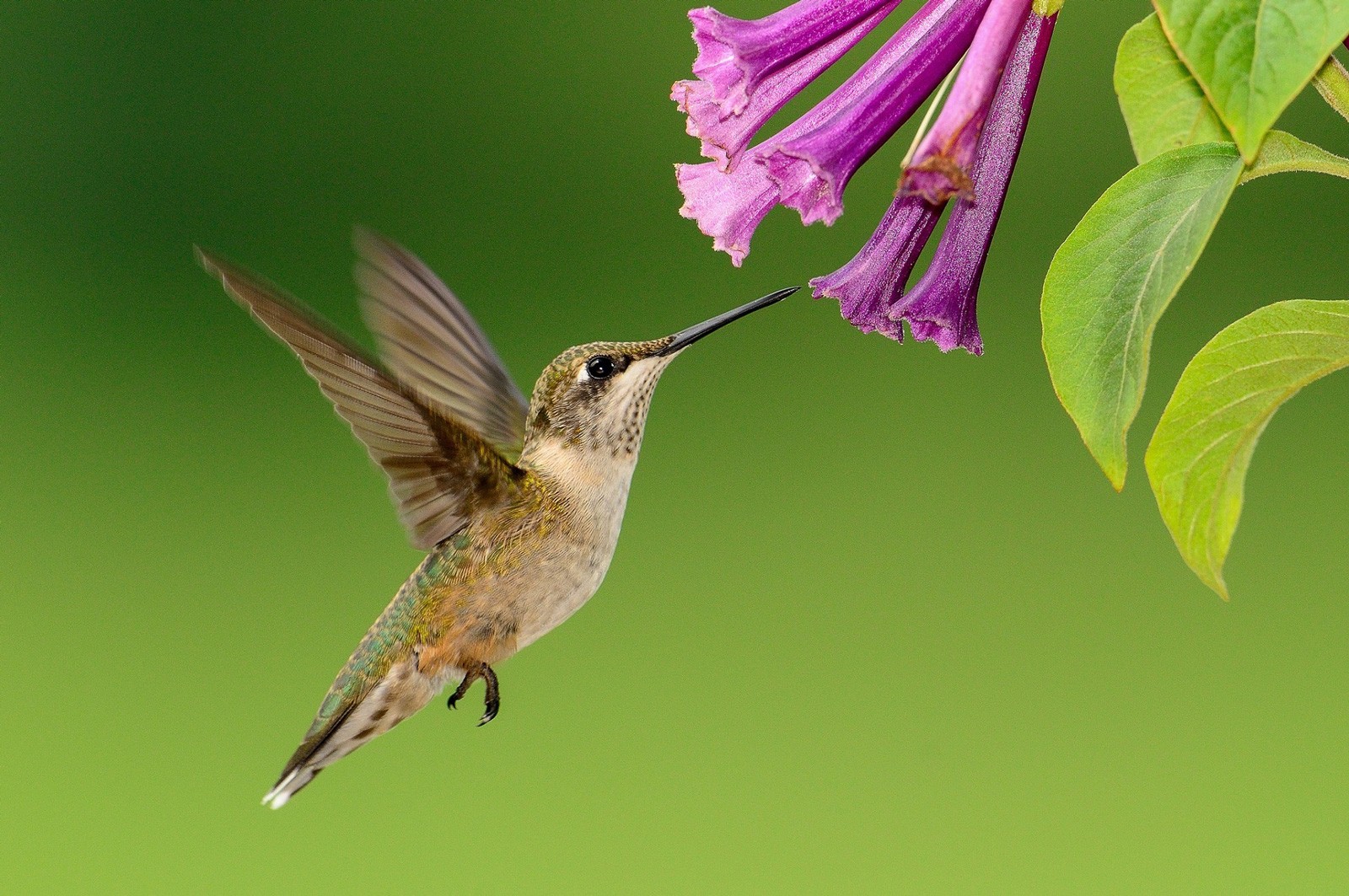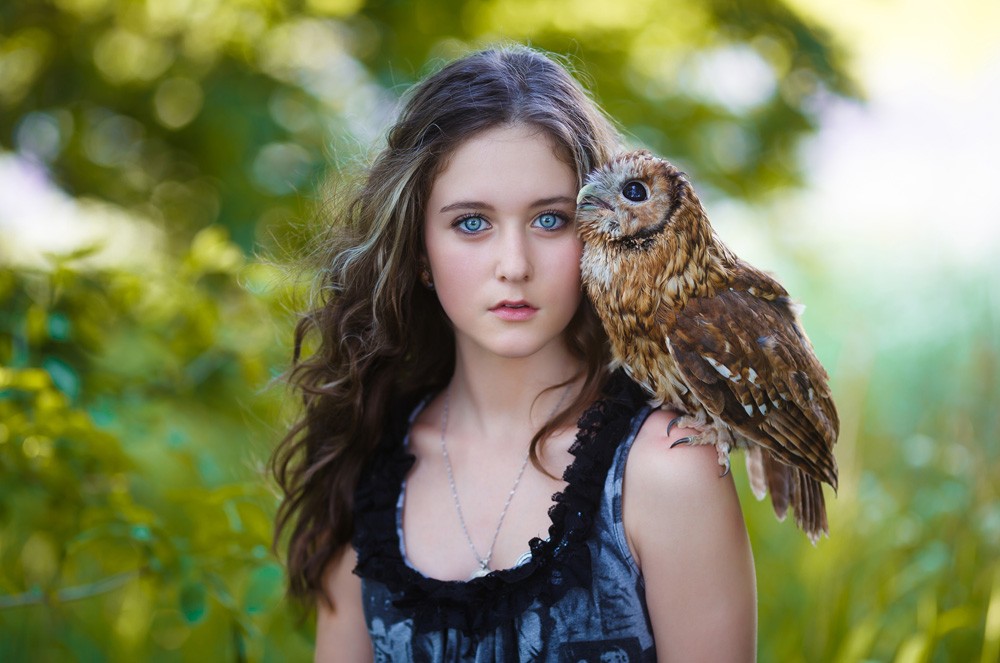Last Updated on September 4, 2022 by Avia
The symbolic meaning of the raven in Native American myth describes the raven as a creature of metamorphosis, and it signifies change or transformation. In some tribes, the raven is considered a trickster because of its changeling attributes.
There is a lot more to raven symbolism in Native American culture than this – and its meaning or purpose changes according to which region and tribe in North America you consult. With the goal of exploring more about this rich heritage and history, this article seeks to explore the raven symbolism in Native American culture. Specifically, we’re exploring the raven in Haida culture, myth and legend.
Table of Contents
- Common Raven Themes in General Native Wisdom
- Raven in Haida Native American Creation Myths
- Additional Thoughts and Insights Into Haida Raven Myths
- Keywords for the Raven in Haida Culture
- Duality and the Raven in Native American Myth
- Frequently Asked Questions About the Haida and the Raven
- Closing Thoughts About the Haida Raven
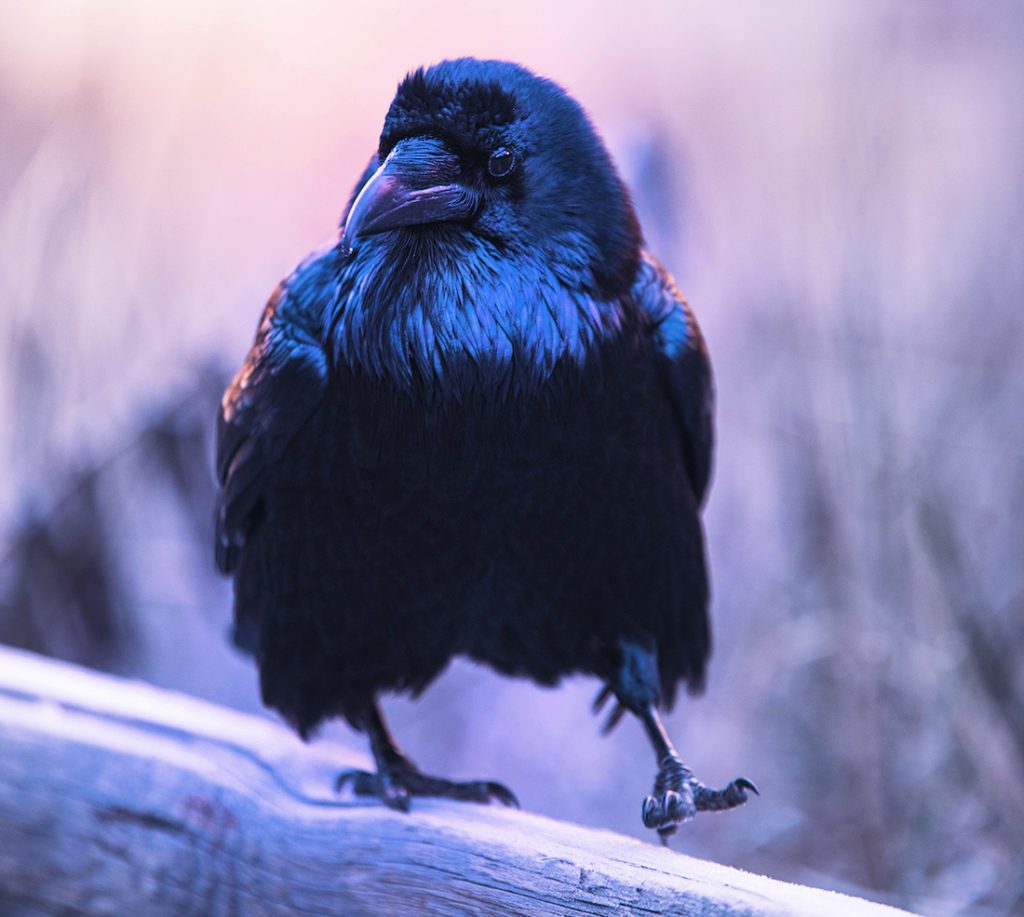
Common Raven Themes in General Native Wisdom
Often honored among medicine & holy men of tribes for its shape-shifting qualities, the raven was called upon in ritual so that visions could be clarified. Native holy men (sometimes known as a medicine man or a shaman) understood that what the physical eye sees, is not necessarily the truth, and he (or she, because women were also healers in many tribes) would call upon the raven for clarity in these matters.
Foremost, the raven in Native American myth is a bearer of magic, and a harbinger of messages from the cosmos. Messages that are beyond space and time are nestled in the midnight-hued wings of the raven and come to only those within the tribe who are worthy of sacred knowledge.
The raven is also called upon in Native ritual for healing purposes. Specifically, the raven is thought to provide long-distance healing.
The raven is also a keeper of secrets, and can assist us in determining answers to our own “hidden” thoughts. Areas in our lives that we are unwilling to face, or secrets we keep that harm us – the raven can help us expose the truth behind these (often distorted) secrets and wing us back to health and harmony.
Raven in Haida Native American Creation Myths
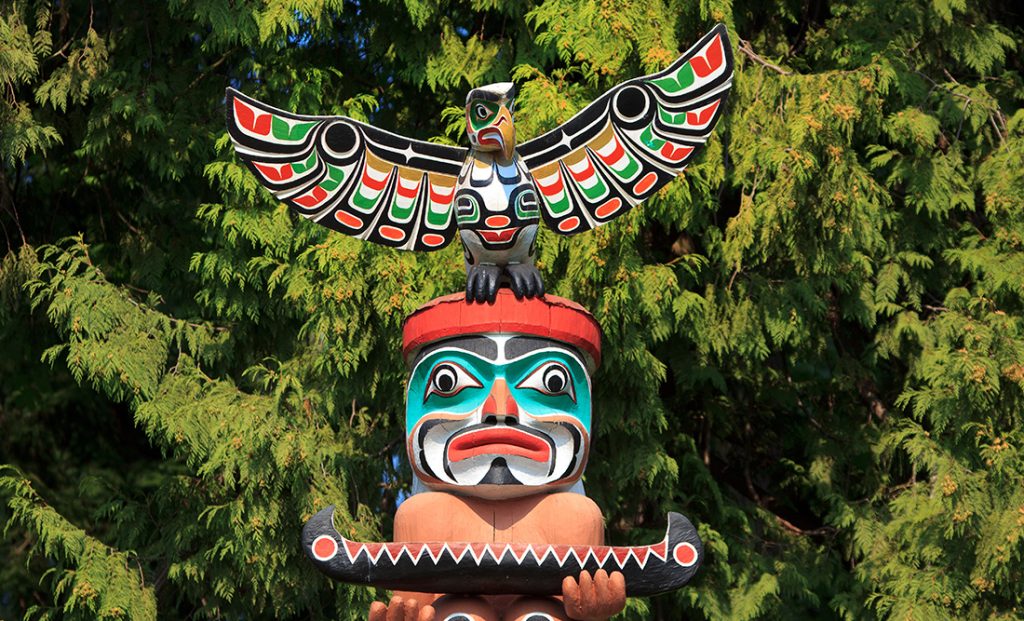
As mentioned, the meaning of the raven varies according to which Native American community you consult. While some tribes share similar understanding and myths revolving around the raven, other ideals about the raven depart from common understanding.
The Haida are a Northwest Coast Native American people originate in British Columbia, Canada and parts of Alaska. The raven is a prime character in the Haida’s creation myths and the raven is also a key trickster figure in their legends. With that said, here are a few Haida Native American legends about the raven along with symbolic meanings and morals for each.
Haida Raven Legend of the Light
According to one Haida legend, the world was submerged in darkness because there was no sun to light the land and no moon to illuminate the night. The reason for this was because a Haida chief was keeping the light in a secret box because he did not want the world to see his beautiful daughter. He reasoned that if no one could see his resplendent daughter, then she could not be stolen away by potentially lusty men.
The raven knew about the chief and the secret box that held the light. Being very curious, the raven wanted to release the light and see the chief’s daughter for himself. Raven snuck into the chief’s remote hut, found the box stole it. When the raven got to his perch, he ran into the eagle. They fought over the box, causing it to open and split the light in half. One half became the sun which illuminated the land during the day. The other half became the moon.
It is said that the raven ate a portion of the light, and that is why the moon is not full all the time the way the sun is. Once the raven swallowed the moon, he transformed into a handsome, strong, young warrior. With the light now released, the raven (now a warrior) saw that the chief’s daughter was indeed a stunning beauty, and he took her as his wife. Then he banished the chief from the tribe for being so selfish by keeping such loveliness (his daughter and the light of the world) to himself.
Other Versions and Take-Away Points About the Raven and the Light Legend
Other versions of this story says the old man kept the light because he did not want to see if his daughter was pretty or ugly. There’s still another story that states the raven stole the light because it was hungry, and when it ate the light it was transformed into the sun.
In any version, we can easily see that trickster archetype shining through in the main character, the raven. We can also see how the story teaches Haida youth about the dangers of being selfish with beautiful things or natural resources.
Haida Raven and the Great Flood
Another creation myth tells the story of the beginning of the world being submerged by a titanic flood. Water completely covered all the lands, which meant the raven was constantly having to fly around this watery mass without any rest and very little food. Fed up with this boring and tedious lot in life, the raven decided he would catch a strong gust of wind in his powerful wings and shoo all the water away from what ultimately became the Haida territories.
Although the raven was finally able to rest its wings by settling on dry land, it soon got antsy again and starting exploring the grounds for something interesting. He came upon a cockle shell, which he kicked over several times. To his surprise, tiny creatures spilled out of the opening of the shell. The creatures turned out to be the First People (Haida) of the earth.
Take-Away Points About the Haida Raven and the Great Flood
Again, we see the raven in a rather selfish light. While his trickster ways inadvertently launch the earth’s creation and uncovered the birth of mankind – all his actions were entirely self-serving. In this way, the raven wins his trickster title for the Haida people. The raven is also hailed as the ignition for creation and new life. In this way, the raven is a symbol of rebirth, renewal, creativity, expansion and so many more life-affirming themes.
Additional Thoughts and Insights Into Haida Raven Myths
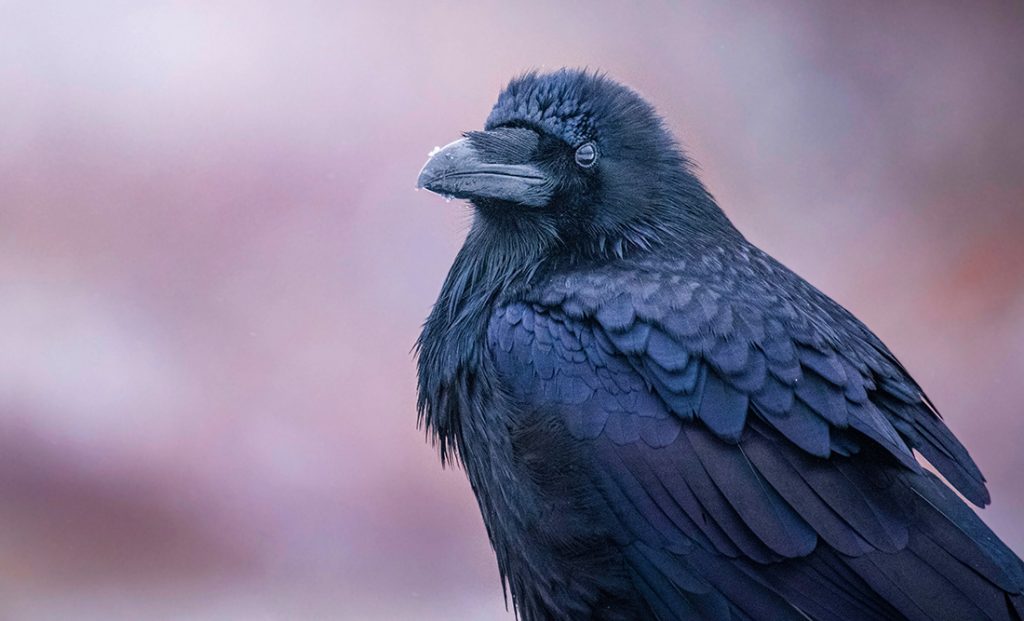
There are other instances in which the Haida holds the raven in high regard. In many Haida legends, the raven is said to expose the truth where it was once hidden. In essence, the raven is like a lie detector in some Haida legends.
Overwhelmingly, the Haida raven is a catalyst for change. As the aforementioned creation stories convey, the raven has a keen knack for arbitrarily starting a chain reaction that manifests into something very big as a result of seemingly innocent or unknowing actions.
I think there is a lesson in that. I think the Haida appreciate the raven so much because they admire its playfulness. Perhaps they even respect the raven’s apparent disregard for structure or rules.
There is a distinct kind of magic inherent in the Haida raven in Native American myth. It’s as if the raven goes about (either bored, curious, or hungry) life and extreme transformation takes place in his wake.
Keywords for the Raven in Haida Culture
The raven is found in many myths in the Haida culture (not just creation myths). Therefore it’s become a symbol for many different concepts and emotions that humans can relate to. Here are a few:
- Mirth
- Truth
- Selfish
- Integrity
- Mischief
- Honesty
- Trickery
- Restless
- Cleverness
- Playfulness
- Reflection
- Messenger
- Irreverence
- Opportunistic
Duality and the Raven in Native American Myth
Do me a favor, and give that keyword list another lookie-loo. Did you notice there are several conflicting descriptors in that list? I mean, how can a thing have both “integrity” and be “tricky?” For me, that sums up the duality inherent in the Haida raven.
Think about the Haida raven in creation myths. We’re dealing with big dualities such as Light vs Dark. In the flood creation myth, we’re talking about dualities like Water vs Land. And in almost every Haida account with the raven featured, there is a common theme of opposites, polarity and duality.
I like this a lot. Why? Because the Haida raven in Native American myth is a poster child for slipperiness. What I mean is – even though duality may imply “black and white” the raven is a wildcard because it coaxes changes through seemingly accidental actions. That is (I believe) the quintessential essence of the “trickster” nature of the Haida raven.
Moreover, the raven’s theme of duality (in my mind) encourages all of us to embrace both sides to every thought, event, situation, person, story, etc. There are always two (or more) sides to everything, and I think the Haida raven is a fabulous teacher of that lesson.
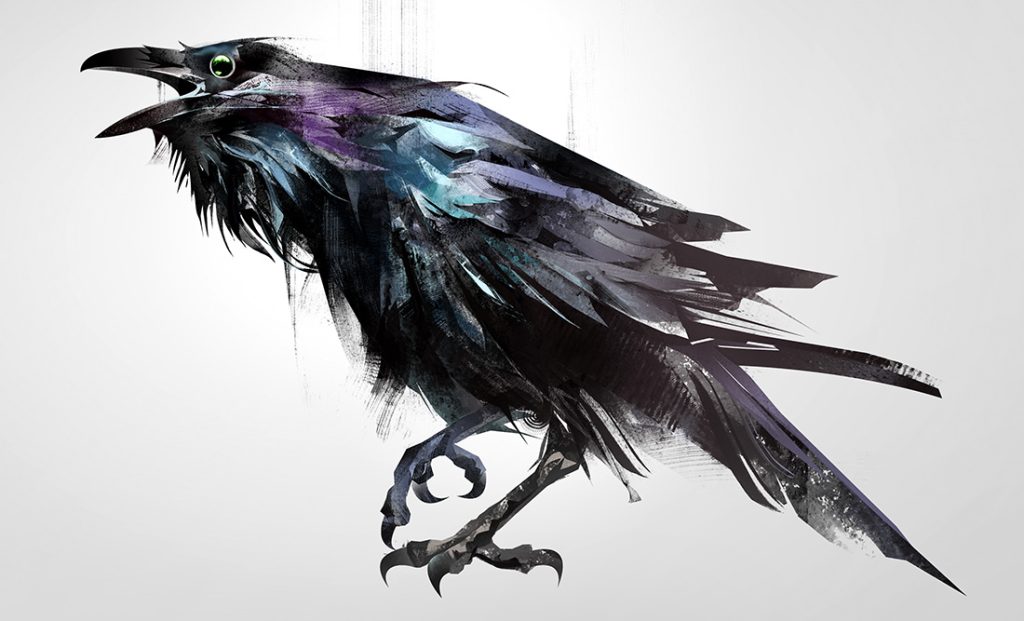
Frequently Asked Questions About the Haida and the Raven
They are a Northwest Native American tribe that have lived in the Haida Gwaii off the coast of British Columbia in Canada. The Haida are also indigenous to what is now known as Alaska, US. They have lived in unison with nature in these areas for thousands of years, and their main source of survival is marine life as well as deer and bear in the area.
The raven is commonly a tricky creature in Haida legends. It’s a curious figure in most tales and often brings about dramatic change from its trickster ways. In many Haida stories, the raven is symbolic of change, transformation, and duality. It is also a representative of light, truth, clarity, and uncovering what was once hidden.
In all things, the Haida have tremendous respect for nature and how life is connected to all things. From the skies, waters, land, and animals – the Haida tend to believe that all is one. Along with this unified idealism, the Haida believe that respect is fundamental in living a fulfilling life. They seek wisdom from elders as well as respect elders and believe that having a generous nature is the right way to honor the expansive life provided to them.
The Haida were (and many still are) experts at craftsmanship. They are particularly skilled at woodwork, and are known for rendering breathtaking wood carvings. Early Haida artifacts reveal they were deft at creating beautifully made practical items such as utensils, tools, boats, etc with intricate designs that incorporated their believes in the power of nature. Among these designs, the Haida raven is a frequent motif.
Closing Thoughts About the Haida Raven
Please bear in mind that the Haida raven in Native American myths may vary. I was told these versions of the story by a friend whose grandmother (who was full Haida) told her. Because many Native American legends were passed verbally rather than in writing, there are a wild array of different variations.
At the end of the day, I’m okay will all the variations. Morever, I’m delighted I was priviledged enough to receive these stories, and learn more about the Haida respect and awe for the raven. I hope these accounts give you newfound appreciate for the raven too. As always, thanks for reading!
Mighty brightly,

© Copyrighted. All Rights Reserved.

